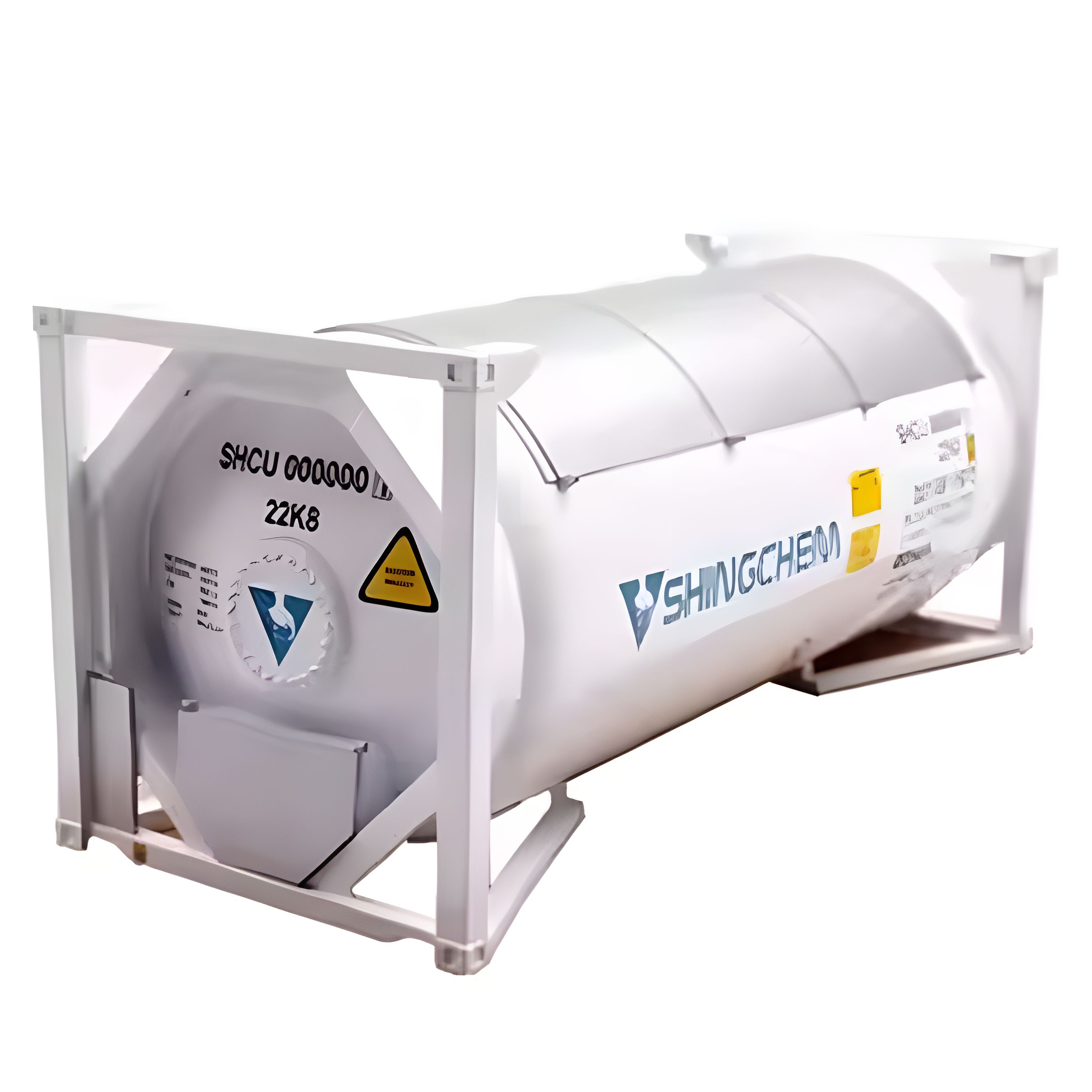Unique advantages of CAS 115-10-6 in the field of refrigerants

Unique advantages of CAS 115-10-6 in the field of refrigerants
In the previous article, we introduced CAS 115-10-6 as the chemical substance information number for dimethyl ether, and this article will introduce you to the unique advantages of CAS 115-10-6 in the field of refrigerants and its applications.
The first thing we need to know is what a good refrigerant should do. The ideal refrigerant should have good thermal properties, such as high critical temperature, latent heat of vaporization and thermal conductivity, and low critical pressure, boiling point, viscosity and liquid specific heat, so as to ensure high refrigeration efficiency. For safe and reliable operation, the ideal refrigerant should be non-toxic, non-flammable, compatible with lubricating oils, and non-corrosive to equipment. Finally, the ideal refrigerant should also be environmentally friendly and avoid exacerbating the greenhouse effect and destroying the ozone layer.
Dimethyl ether is a colorless, slightly ether-scented gas that is inert, non-corrosive, non-carcinogenic, almost non-toxic, and flammable. The raw materials for the preparation of dimethyl ether can be coal, natural gas, residual oil, petroleum coke, as well as biomass and other hydrocarbons. Although it has a high explosion limit compared with other hydrocarbon refrigerants, dimethyl ether has excellent refrigeration performance, and the production cost is low, as a clean energy, it is basically harmless to the environment, which is conducive to green and sustainable development.
Dimethyl ether has many advantages as a refrigerant:
(1) Dimethyl ether has a certain solubility to water and oil, and conventional refrigeration oil and desiccant can be used.
(2) Dimethyl ether has a lower condensing pressure at the normal condensing temperature, so the pressure requirements for the equipment are low, which reduces the possibility of leakage and saves manufacturing costs.
(3) The viscosity of the gas and liquid phases is low, which is conducive to reducing the resistance loss on the refrigerant side and improving the performance of the system.
(4) The thermal conductivity of gas and liquid phases is larger, which is conducive to the heat transfer of evaporator and condenser and reduces the area of heat exchanger.
Of course, as a refrigerant, dimethyl ether also has disadvantages: the most obvious disadvantage is that dimethyl ether is flammable, its explosion limit is 3.4%, the safety category belongs to category 3, and the safety category belongs to category 3. In addition, the specific heat capacity of dimethyl ether in both gas phase and liquid phase is larger, and under the same heat return, the degree of supercooling is small, and it is easy to flash when throttling.
CAS 115-10-6 is the ultra-clean fuel of the future, which is widely bullish. Industrially, CAS 115-10-6 can be obtained through natural gas conversion, and for countries and regions with abundant natural gas resources and insufficient oil resources, the use of CAS 115-10-6 can make up for the shortcomings and solve the contradiction between energy utilization and environmental pollution. Judging from the various properties of the existing dimethyl ether, dimethyl ether has the potential of green and environmentally friendly refrigerant. It can be used for air conditioning refrigeration and refrigerator refrigeration, and has a wider refrigeration range and higher safety. At the same time, dimethyl ether has relatively low requirements for lubricating oil and equipment manufacturing, and is an ideal refrigerant.
is ch3och3 polar or nonpolar
dimethyl ether use in food
benzyl 4 nitrophenyl ether density
dimethyl ether structure and properties
dimethoxymethane synonym
dimethyl ether price
melting point of dimethyl ether
boiling point of dimethyl ether